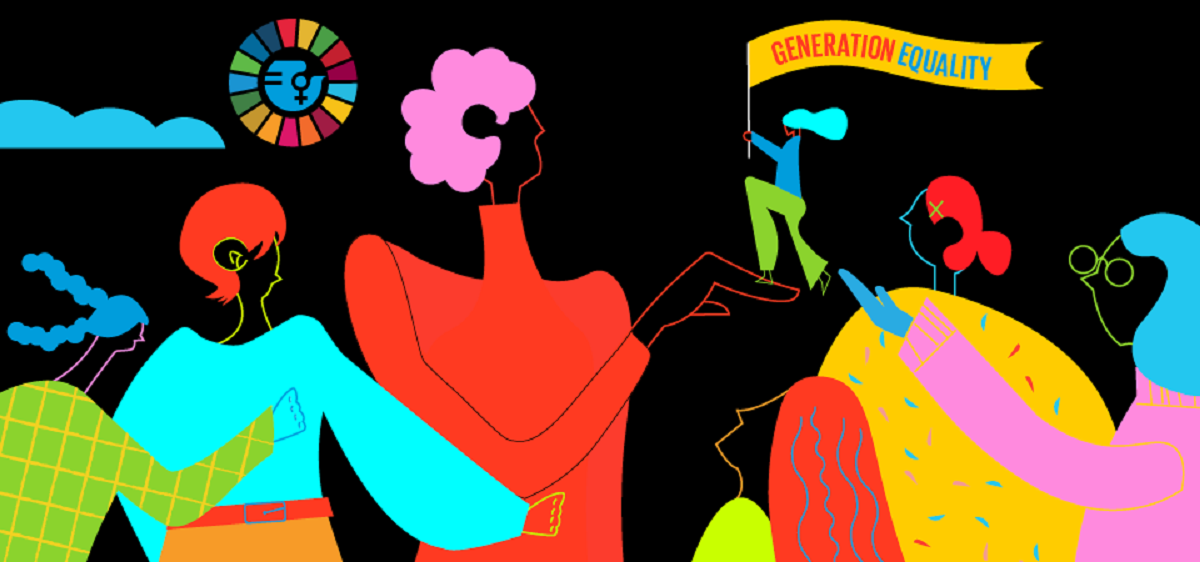Christina Thakor-Rankin of All-In Diversity on the challenge of promoting diversity and inclusion in a global industry
The simple and flippant answer to the question above is: because we only give it the due consideration it deserves once a year and oftentimes as nothing more than a badging exercise. Then life carries on regardless.
The more complex and serious answer is: because the betting and gambling sector does not operate in isolation. It is formed by, and is reflective of the attitudes, cultures, customs and practices of the wider world and the society in which it operates.
Stripped down this comes down to two things: internationalisation and biology.
Firstly internationalisation. The sector is made up of organizations and companies from every corner of the globe, representing a myriad of cultural and social views, attitudes, and practices. Some of those organizations will be based or originate in a part of the world that is secular and takes a ‘progressive’ approach towards gender and diversity in the workplace, while others will be based or originate from a part of the world where religion or more ‘traditional’ cultural and societal views are the norm.
These cultural and social traits will naturally be mirrored in the workplace resulting in a mixed sector, where some will have very few (if any) women in decision-making positions (too many of them to mention), to others where women are very much on top (such as Bet365 and more recently Entain).
It is not for any one group to enforce its social norms on another, but for as long as we have this spectrum of different cultures and views the conversation will continue to be relevant.
Secondly biology. It is an irrefutable fact that women have children. It is also a fact that these children need looking after. This typically falls to the mother, who unless she has access to the help and support that offers her the luxury of a choice between taking time out or returning to work, a career break from work is inevitable. This then has repercussions in any number of areas, from generalised perceptions of women in the workplace, to the impact on individual personal development and career progression.
These links are there for anyone to see. In those parts of the world where co-parenting is established practice, or childcare for working parents is affordable and readily available there are far more women leaders and gender equality in the workplace. Look at the Scandinavian nations or Malta.
Similarly, in those parts of the world where extended families or home help (a natural source of support for child-care) are the norm, there is much greater gender parity across those traditionally male occupations, such as tech and engineering. For example, in China and India there are almost as many women in tech and STEM related professions as there are men.
The most striking evidence of this is – perhaps surprisingly – the United Arab Emirates. It is still in the process of modernising its equality laws but last month it became only the fifth nation ever to launch a mission to Mars. This feat was undertaken and accomplished by a team, which was 80 per cent female and led by a woman, Sarah al-Amiri, a 33-year-old computer engineer – a neat piece of one-upwomanship on NASA’s Perseverance team.
We will never stop talking about women, and those who identify as female, in the workplace. There will always be areas where we can improve and help support women in their careers. And thank goodness we’re at a point where we can talk about it. We have a few more female CEOs leading the industry. We have businesses who value diversity and inclusion. But there is more work to be done.
We know that women can. We know that given the right support and opportunities they will.
Let’s continue to support, to celebrate and to champion the women in our industry – at every level and in every organization. Let’s make sure we keep that door of opportunity open.
It’s 2021. Let’s use International Women’s Day to start the conversation but let’s not wait a year to revisit it again.
